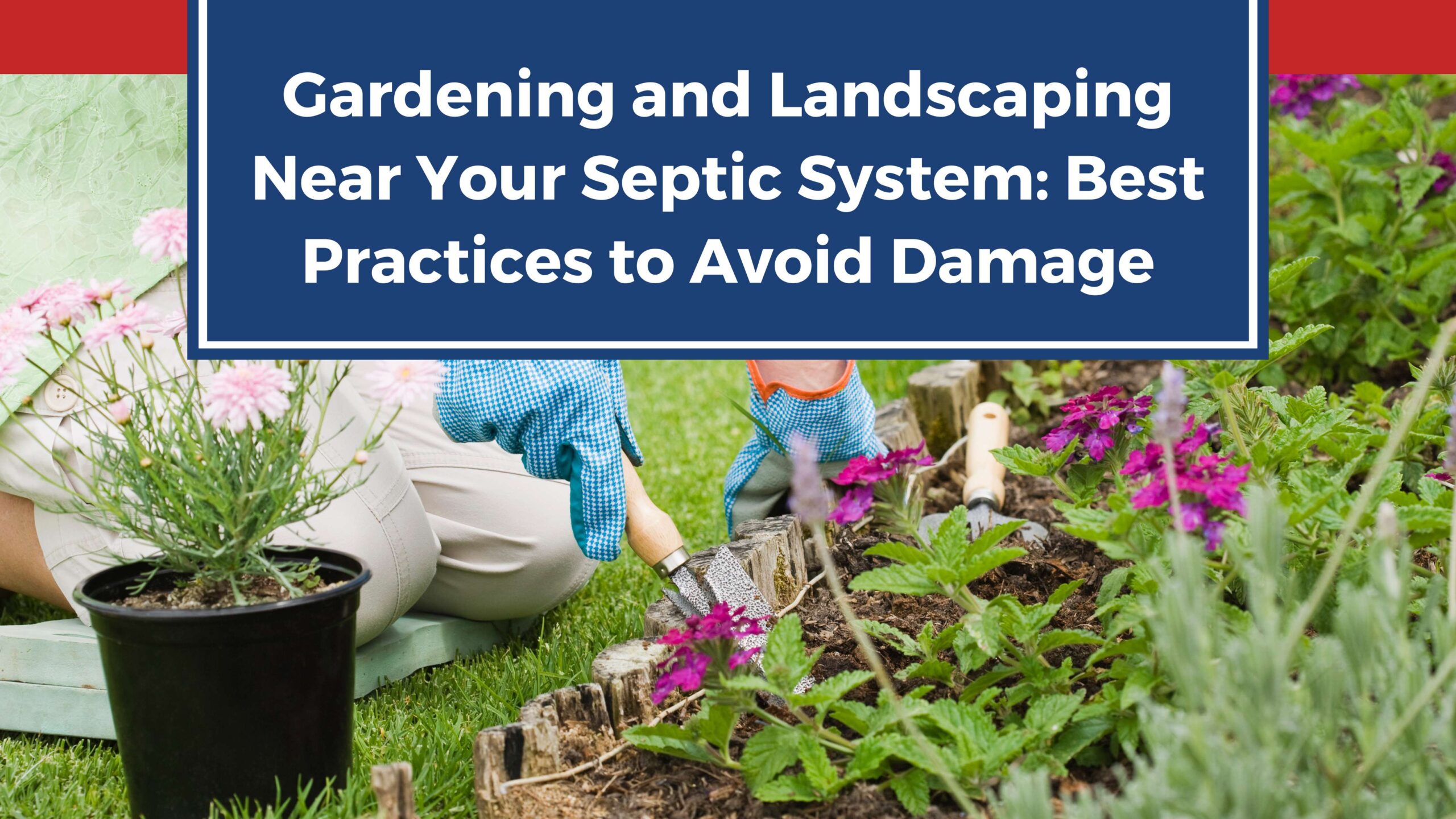Gardening and Landscaping Near Your Septic System: Best Practices to Avoid Damage
Your septic system is an essential component of your property’s infrastructure, responsible for safely managing wastewater and maintaining environmental health. However, when it comes to gardening and landscaping near your septic system, it’s crucial to proceed with caution to avoid potential damage. In this helpful article, we’ll explore the best practices for gardening and landscaping around your septic system to ensure its longevity and functionality.
Know Your Septic System’s Location:
- Before you start any gardening or landscaping projects, it’s essential to know the location of your septic system components, including the septic tank, drain field, and distribution box. Consult your septic system’s blueprint or hire a professional to locate these components accurately. This knowledge will help you avoid accidentally digging into or placing heavy objects over critical areas of your septic system.
Maintain Adequate Distance:
- When planning your garden or landscape design, be mindful of the required setback distances from your septic system components. Ensure that planting beds, trees, shrubs, and other landscaping features are located a safe distance away from the septic tank, drain field, and associated pipes. Maintaining adequate distance helps prevent root intrusion, soil compaction, and damage to septic system components.
Choose Septic-Safe Plants:
- Selecting the right plants for your garden or landscape is essential for preserving the integrity of your septic system. Opt for shallow-rooted plants that are less likely to invade septic system components or cause damage. Avoid planting trees with aggressive root systems, such as willows, poplars, and maples, as their roots can penetrate and disrupt septic pipes and tanks over time.
Practice Water Conservation:
- Conserving water in your garden or landscape is not only beneficial for the environment but also helps protect your septic system from overload and saturation. Install rain barrels or utilize drip irrigation systems to minimize excessive water usage and reduce the risk of flooding or hydraulic overload in your drain field. Additionally, avoid diverting roof runoff or excess surface water toward your septic system to prevent saturation and potential system failure.
Avoid Compaction and Heavy Traffic:
- Minimize foot and vehicle traffic over your septic system components to prevent soil compaction and damage. Compacted soil can impede the proper function of your drain field and hinder the absorption and filtration of wastewater. Designate pathways and access points away from your septic system to direct traffic away from sensitive areas. Consider using permeable materials such as gravel or mulch for pathways to promote water infiltration and prevent compaction.
Conclusion:
Gardening and landscaping near your septic system can enhance the beauty and functionality of your property, but it requires careful planning and consideration to avoid damage. By following these best practices, you can create a vibrant and sustainable landscape while protecting the integrity of your septic system for years to come.
For professional septic system maintenance and inspection services, trust the experts at One Way Septic. Contact us today to schedule your appointment and ensure the health and longevity of your septic system.




